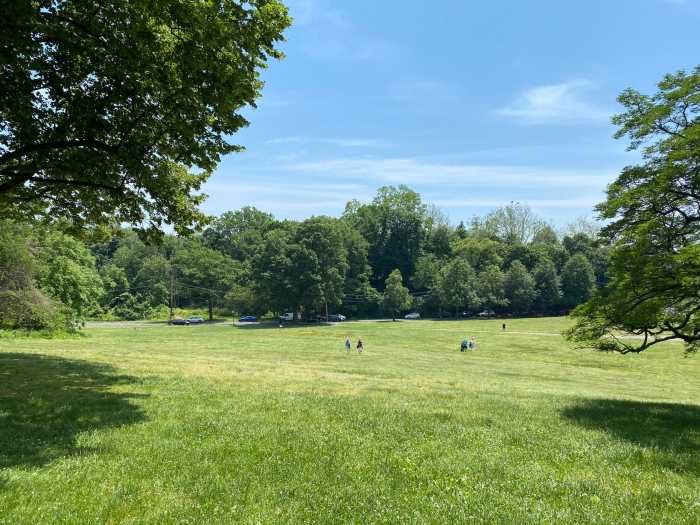By Harvey D. Goodman
Growing plants without soil sounds like an excellent theme for a cartoon special featuring Merlin the Magician. Hold on to your bonnet and gardening gloves, place them in a safe storage box and let’s move on to “New Age” gardening.
Quite simply, soiless gardening, also known as hydroponics, is the method of growing plants in a nutrient-enriched water solution without the benefit of soil.
Since plant food and water are delivered directly to the roots of the plant, energy usually used by the plant to find these elements through root growth goes directly into upward growth.
When properly maintained, hydroponically fed plants grow and produce faster than their soil-grown counterparts. In addition, when plants do not compete for the food supply, more plants can be grown in a much smaller area.
As an extra bonus, plants do not have to fight the diseases, fungus and pests usually associated with soil. Dividends become even more apparent as you discover that you can essentially eliminate the use of pesticides.
Most hydroponics systems consist of a nutrient reservoir, a growing tray, a method for delivering the food and water to the roots, and a substitute medium for the soil.
Manufacturers of hydroponics systems prefer using PVC reservoirs, a pumping system, prepackaged nutrient media and a base substance such as Perlite or Vermiculite. Ph, that is, acidity and alkalinity, is easily maintained through the addition of buffers directly into the nutrient medium.
Depending on the system, you can expect to clean out the apparatus once every three or four weeks — about the time that you will be harvesting your crops.
Since you control the amount of water, nutrients and other environmental conditions, the plants, pampered, grow at a phenomenal rate, producing vegetation that would make your mouth water with anticipation.
Sometimes a good thing can be a bit too much. In some cases, the vegetation, lacking soil and adequate root structure to provide plant support, often requires trellising or some other form of scaffolding.
Since soil-free gardening is self contained, you now can garden just about anywhere. Another advantage is that the hydroponics set-up is off the ground. That could put an end to the eternal bending and cramping with which we all are familiar.
Starter kits are readily available for apartment dwellers or homeowners who wish to use their windowsills. With fall chores beckoning the winter blues, a home hydroponics garden may be just what the doctor has ordered.
Questions or concerns regarding gardening or plant care may be directed by e-mail at Harvey.Goodman@att.net.




































